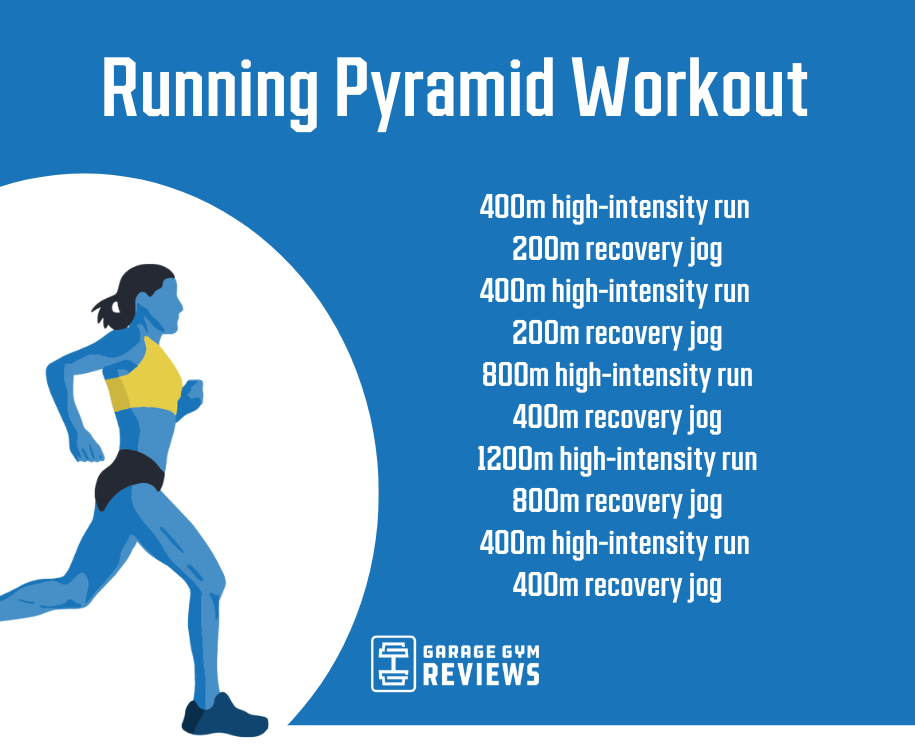Handling Typical Running Discomforts: Reasons, Solutions, and Avoidance
As joggers, we frequently come across numerous discomforts that can prevent our efficiency and enjoyment of this physical activity. From the incapacitating discomfort of shin splints to the bothersome IT band disorder, these usual operating discomforts can be irritating and demotivating. Understanding the causes behind these ailments is essential in efficiently addressing them. By checking out the root reasons for these running pains, we can uncover targeted solutions and safety nets to guarantee a smoother and much more fulfilling running experience (my company).
Usual Running Discomfort: Shin Splints
Shin splints, an usual running discomfort, usually arise from overuse or inappropriate shoes throughout exercise. This condition, medically called medial tibial stress disorder, shows up as discomfort along the inner edge of the shinbone (tibia) and is prevalent among professional athletes and joggers. The repeated anxiety on the shinbone and the tissues attaching the muscles to the bone brings about swelling and pain. Runners that swiftly boost the intensity or duration of their exercises, or those who have flat feet or inappropriate running strategies, are especially vulnerable to shin splints.
To prevent shin splints, individuals ought to slowly boost the strength of their exercises, put on ideal shoes with proper arch support, and maintain flexibility and strength in the muscles surrounding the shin (running workout). Additionally, incorporating low-impact activities like swimming or cycling can help maintain cardiovascular fitness while permitting the shins to heal.
Usual Running Discomfort: IT Band Disorder
In enhancement to shin splints, an additional widespread running discomfort that athletes typically come across is IT Band Syndrome, a condition triggered by inflammation of the iliotibial band that runs along the external upper leg and knee. IT Band Syndrome usually materializes as pain outside of the knee, specifically throughout tasks like running or cycling. The iliotibial band is a thick band of fascia that connects the aware of the shin, and when it comes to be irritated or tight, it can rub versus the upper leg bone, resulting in discomfort and discomfort.
Runners experiencing IT Band Disorder may observe a stinging or aching experience on the outer knee, which can aggravate with ongoing activity. Variables such as overuse, muscle discrepancies, inappropriate running type, or poor warm-up can contribute to the advancement of this condition.
Typical Running Discomfort: Plantar Fasciitis

Plantar Fasciitis can be connected to various elements such as overtraining, incorrect shoes, operating on tough surface areas, or having high arcs or level feet. To avoid and reduce Plantar Fasciitis, runners can incorporate stretching exercises for the calves and plantar fascia, wear supportive footwear, maintain a healthy weight to decrease strain on the feet, and gradually enhance running intensity to avoid sudden tension on the plantar fascia. If symptoms persist, it is recommended to consult a healthcare professional for correct medical diagnosis and therapy choices to attend to the condition efficiently.
Common Running Pain: Jogger's Knee
After attending to the obstacles of Plantar Fasciitis, one more widespread issue that runners usually face is Runner's Knee, an usual running discomfort that can hinder athletic efficiency and cause discomfort during physical task. Jogger's Knee, also understood as patellofemoral discomfort disorder, manifests as pain around or behind the kneecap. Runners experiencing this discomfort might really feel a dull, aching pain while running, going up or down stairways, or after long term periods of sitting.
Typical Running Pain: Achilles Tendonitis
Frequently affecting joggers, Achilles Tendonitis is an uncomfortable problem that influences the Achilles ligament, creating pain and potential limitations in physical activity. The Achilles tendon is a thick band of tissue that links the calf muscle mass to the heel bone, vital for tasks like running, leaping, and strolling - this page. Achilles Tendonitis usually develops because of overuse, incorrect shoes, poor stretching, or sudden boosts in physical task
Signs And Symptoms of Achilles Tendonitis consist of discomfort and stiffness along the tendon, especially in the morning or after periods of inactivity, swelling that aggravates with task, and perhaps bone stimulates in persistent instances. To avoid Achilles Tendonitis, it is vital to stretch correctly previously and after running, use proper shoes with appropriate support, slowly boost the intensity of exercise, and cross-train to decrease repeated tension on the tendon. Treatment may entail remainder, ice, compression, altitude (RICE procedure), physical treatment, orthotics, and in serious cases, surgery. Early intervention and correct treatment are vital for taking care of Achilles Tendonitis successfully and stopping long-lasting problems.
Verdict
